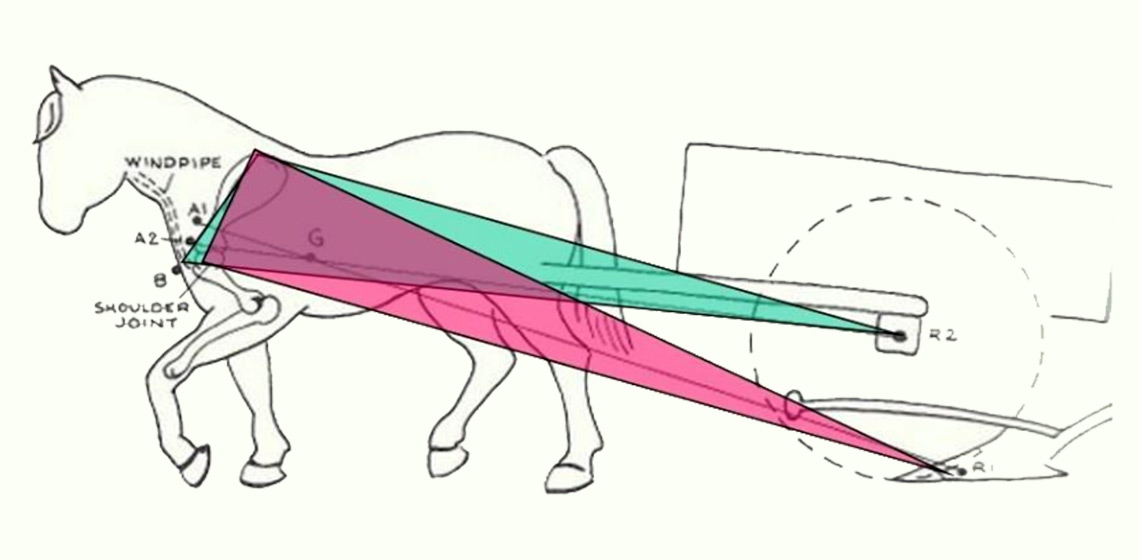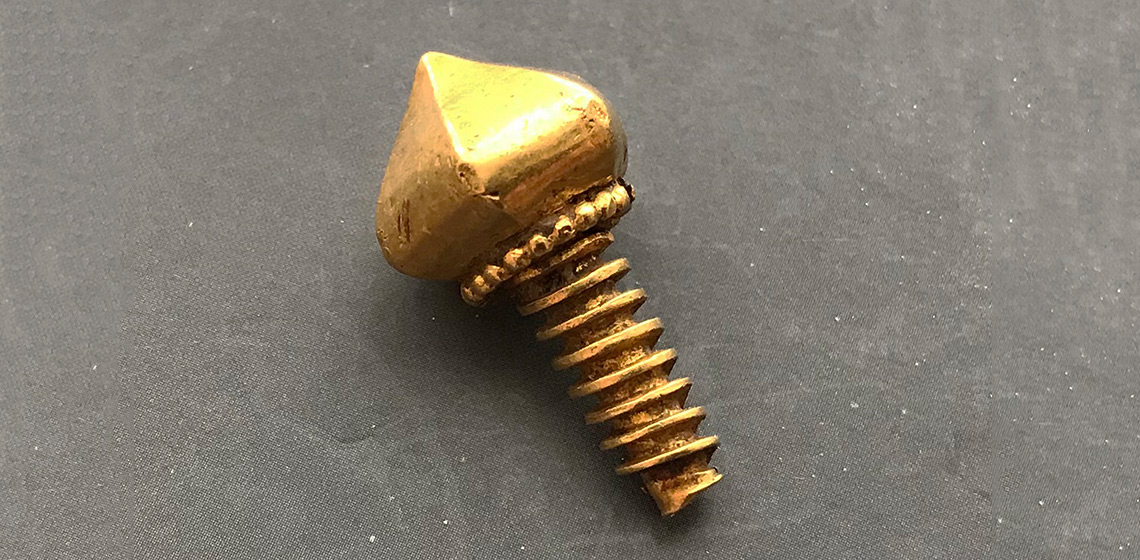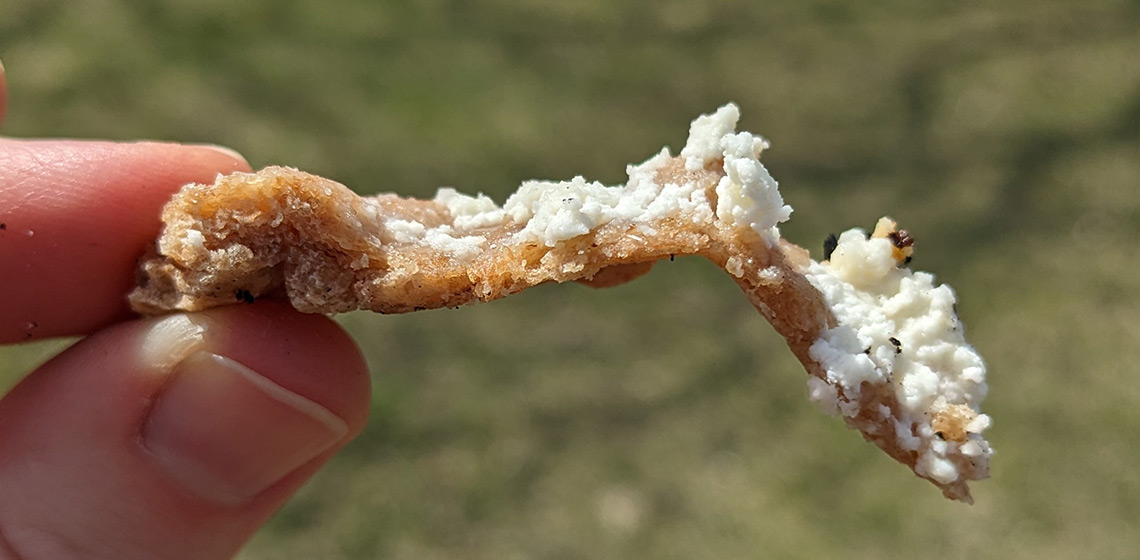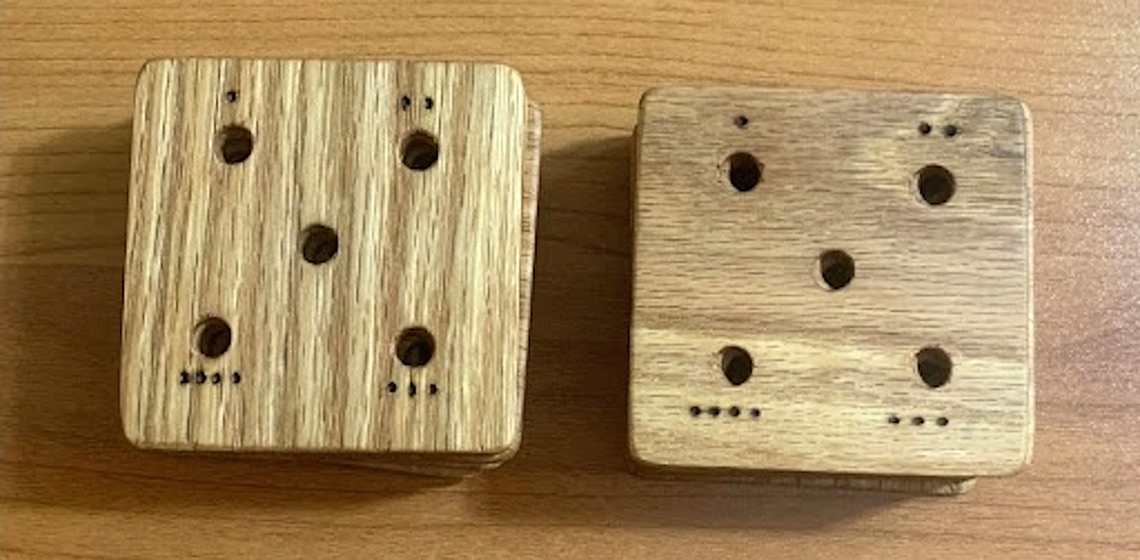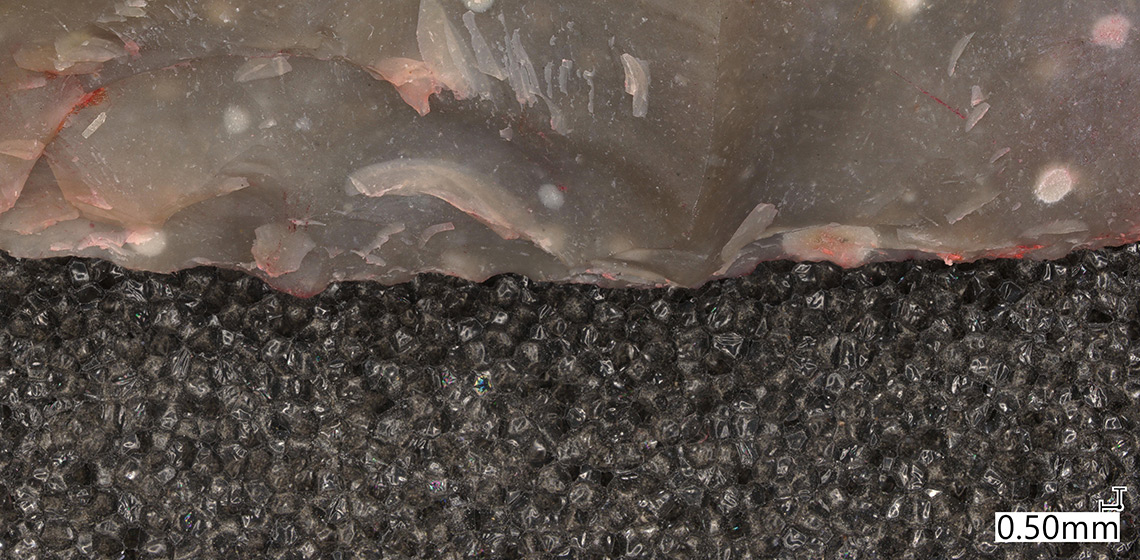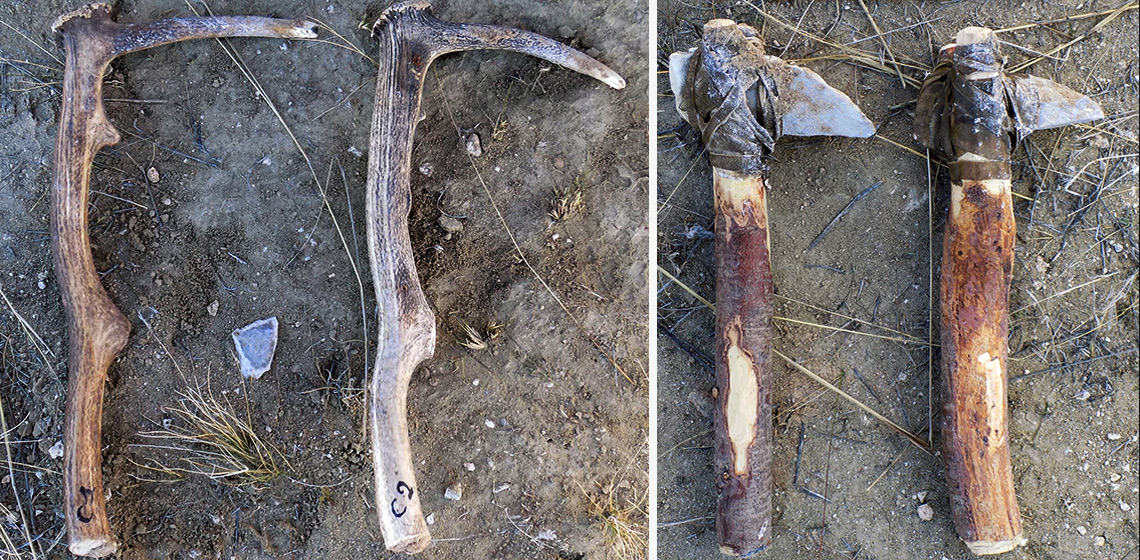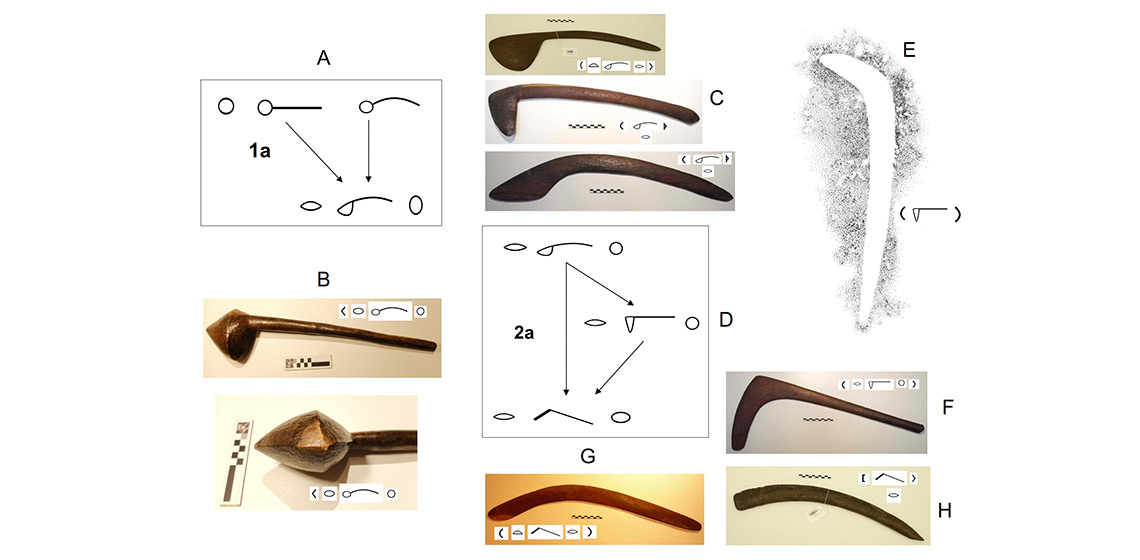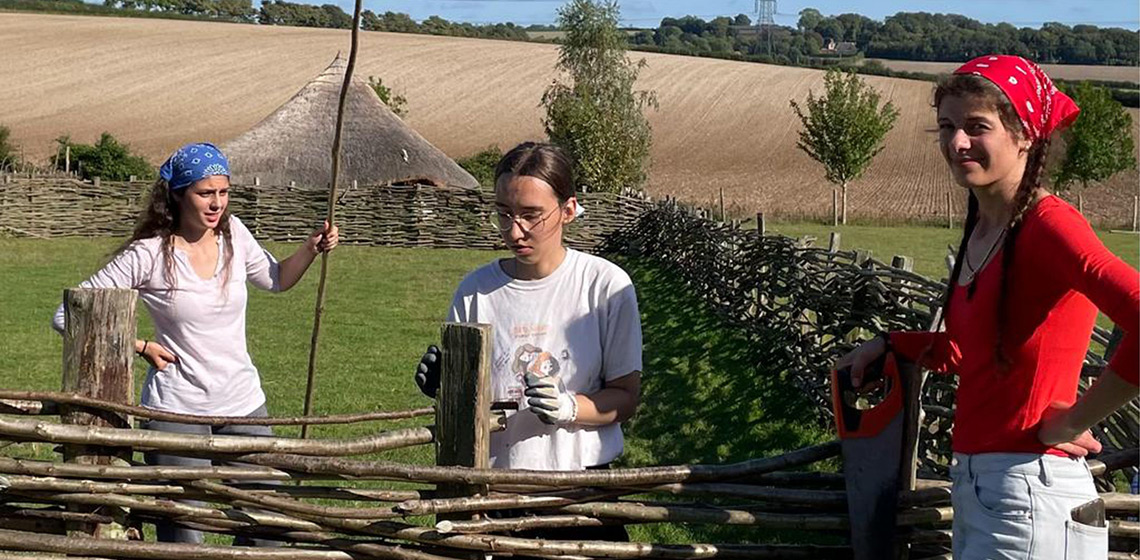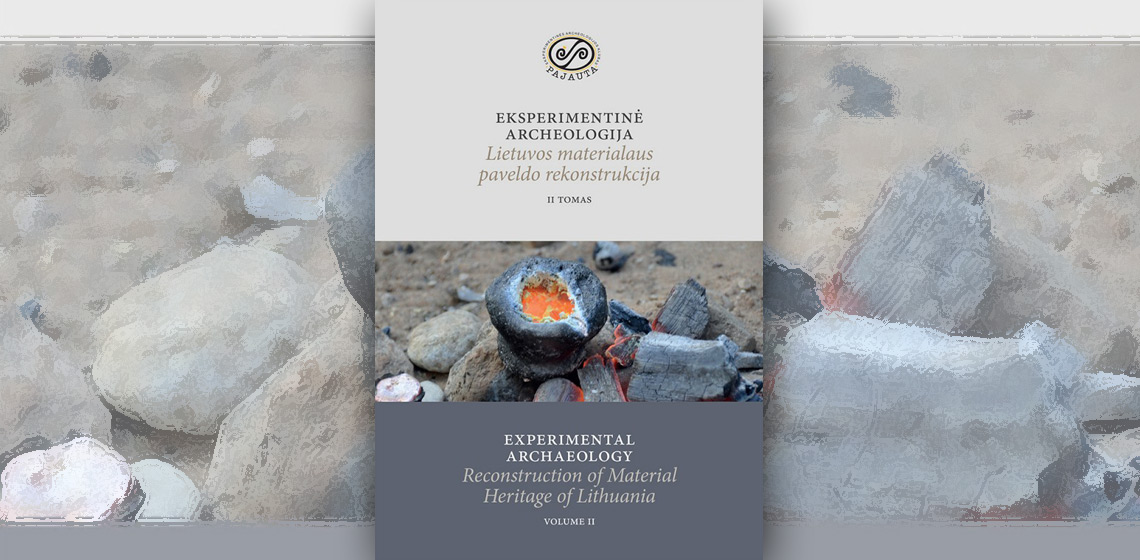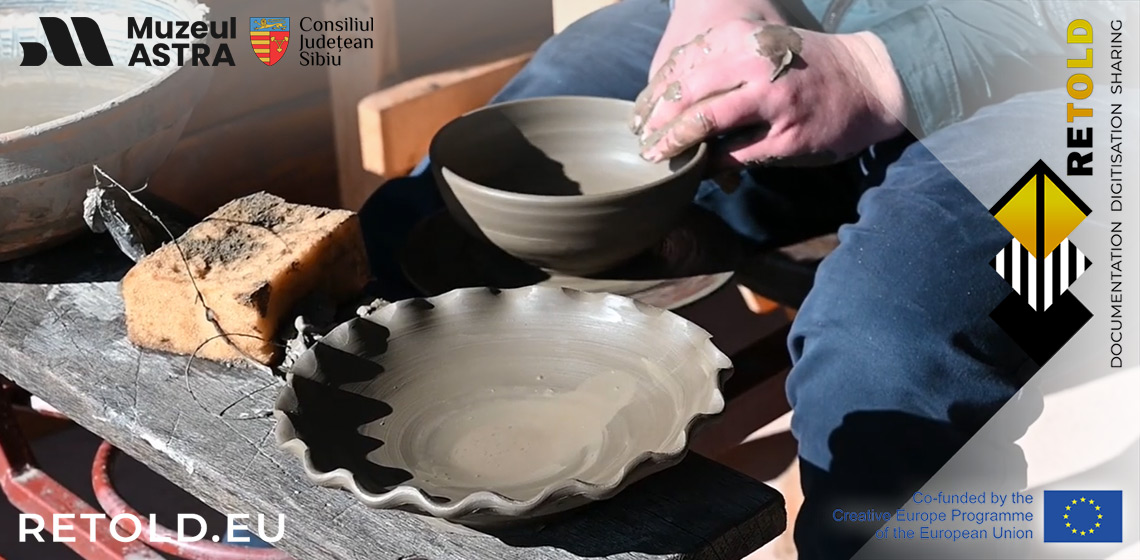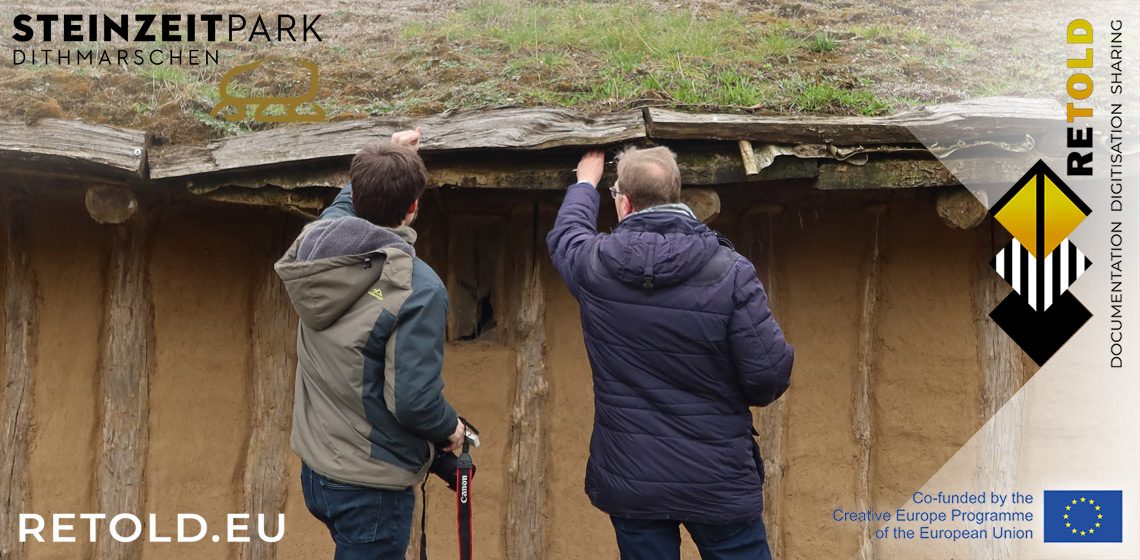EXARC Journal Issue 2024/2



13 Articles | DOAJ | Open Access
ISSN: 2212-8956
Publishing date: June 4, 2024
📄 EXARC Journal 2024/2 Table of Contents
Copyrights: EXARC, 2024
Listen in to the episode of "EXARC Extracts", where we provide you with a short summary of the articles in the latest issue of the EXARC Journal. Matilda Siebrecht summarises the reviewed articles from the 2024/2 issue of the EXARC Journal. It includes eight reviewed articles as well as five unreviewed mixed matter articles.
Reviewed Articles
Hay is for Horses: Making and Using a Traditional-Style Irish Straw Harness
Publication Date
The lack of metal lorinery in the archaeological record of early medieval Ireland is addressed through a hypothesis that post-Iron Age bridles were made of straw and rushes, which did not survive deposition. Reconstruction and testing of a straw bridle show the material to be strong and quite suitable for vernacular use...
The Production of Roman Metal Screw Threads - Extended Version
Publication Date
During the Roman period, small metal screw threads were used both as fastenings and to impart motion. This paper, which is an extended version of my previous article, will show that it is possible to produce metal screw threads using very simple technology. The tools and expertise to carry out this work is...
An Experimental Approach to Baking Ancient Roman Placenta
Publication Date
Cato The Elder (234-149 BC) wrote our oldest extant work of continuous Latin prose, On Farming (de agri cultura), a how-to guide for farming and life that also included many recipes. We were interested in the section on bread recipes in this text, particularly the recipe for the complex, layered placenta due to...
Tarquinia’s Tablets: a Reconstruction of Tablet-Weaving Patterns found in the Tomb of the Triclinium
Publication Date
Within textile Archaeology several key Etruscan sites provide experimental archaeologists with ample evidence for research and recreation. This project aims to look a the textile patterns themselves, and how these weavers might have created the images found on famous Etruscan paintings...
Cross-Contamination via Stone Tool Use: A Pilot Study of Bifacial Butchery Tools
Publication Date
The pathogenic environment has been a constant shaping presence in human evolution. Despite its importance, this factor has been given little consideration and research. Here, we use experimental archaeology and microscopic analysis to present and support a novel hypothesis on the pathogenic properties of bifacial butchery tools...
Experimental Approach to Flint Shaft Mining: Understanding the Extraction Process and the Technical Gesture at Casa Montero (Madrid, Spain)
Publication Date
Since prehistory, human populations have developed specific knowledge related to the excavating and exploitation of underground resources. These abilities are reflected in the tools used to extract and process raw materials and the use of specific architectural expressions such as rock-cut tombs...
A Scheme of Evolution for Throwing Sticks
Publication Date
Prehistoric wooden projectiles likely have a complex evolutionary story in a similar way to stone tools, depending on their functions, and the cognitive and physical capabilities of hominins who used them. The technologies of some ancient projectiles (e.g., spears, arrows) can be studied more directly because they were equipped with...
Which Type of Archaeological Open-Air Museum? A Classification Proposal
Publication Date
Archaeological Open-Air Museums (AOAMs) are well established in the international museum landscape, and today more than 350 of these sites can be counted in Europe alone. These museums differ considerably from one another, and each of them presents specific and unique features.


